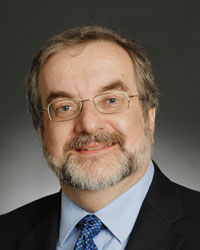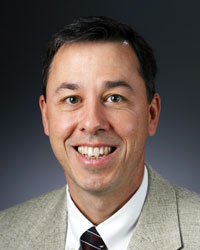Children with cleft conditions far more likely to have transposed teeth
Researchers using panoramic radiography to analyze the prevalence of transposed developing teeth in children found surprisingly large disparities between children who had a repaired cleft lip or palate and those who did not.
The July 2014 study, published in Cleft Palate-Craniofacial Journal, was the first designed solely to quantify how often these unerupted teeth are aligned incorrectly in the gums. The goal of the study is to help identify children who need early dental and orthodontic interventions.
Researchers compared the images of 364 children who were born with a cleft lip or palate, and 364 kids who were not. Fifty-two children (14.3 percent) who were affected by a cleft condition also had transposed, missing or pegged teeth, compared to just one child (three-tenths of one percent) who did not. A tooth is considered transposed if it partially or fully occupies the space of an adjacent tooth.
The study was led by senior author Howard Saal, MD , director of Clinical Genetics, and first author Richard Campbell, DMD, MS , director of Orthodontics.
“Transposed teeth may be related to the overall smaller size of the upper jaw in children with clefts, which leads to more crowding, but that’s speculative at this point,” says Campbell. “Jaw size discrepancies are a fertile area for future research.”
Cleft lip and palate result from in utero malformations in which tissue fails to fuse, or connect. Corrective surgery is typically done when a child is 9 months to 2 years old.
Full panoramic radiograph images show all the developing teeth and jaws, unlike close-up bitewing radiographs used in cavity detection. Earlier studies referenced tooth transposition in children with clefts, but not the prevalence compared to kids who did not.






